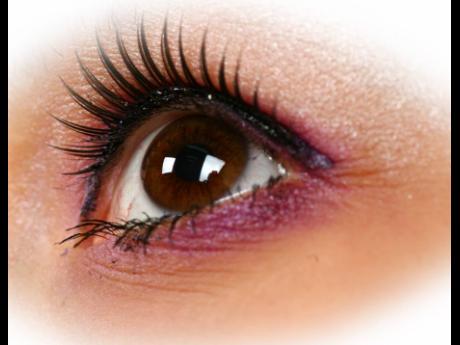Glaucoma detection and treatment
Glaucoma is a chronic, progressive eye disease caused by damage to the optic nerve, which leads to visual field loss. One of the major risk factors is eye pressure. An abnormality in the eye’s drainage system can cause fluid to build up, leading to excessive pressure that causes damage to the optic nerve. The optic nerve is a bundle of nerve fibres that connects the retina with the brain. This damage leads to loss of eyesight.
The vision loss starts out in the edges of the visual field and slowly impacts the central vision. It takes months to years after the nerve damage has occurred before you may notice the symptoms. The symptoms can start so slowly that you may not notice them. The only way to find out if you have glaucoma is to get a comprehensive dilated eye exam.
There is no cure for glaucoma, but early treatment can often stop the damage and protect your vision. Once vision is lost, it cannot be recovered.
According to Dr Camara Brown, ophthalmologist, Glaucoma Clinical Lead at the Kingston Public Hospital, glaucoma is a progressive optic nerve pathology characterised by structural changes to the optic nerve and progressive loss of peripheral vision.
“The disease is often, but not exclusively associated with high pressure within the eye. Glaucoma is the leading cause of blindness in the Caribbean and the number one cause of irreversible blindness in the world. It is known as the silent thief of sight and this refers to the absence of symptoms in early stages of disease. It is more common in people of African descent and it is also highly heritable,” Dr Brown said.
There are many types of glaucoma, including the most common form, open-angle glaucoma, that is caused by damage to the filer in the eye’s drainage canals. Other types include angle-closure glaucoma that is caused by a rapid blockage of the eye’s drainage canals due to a closed or narrow angle between the iris and cornea where the filter is located.
Low-tension or normal-tension glaucoma is a a type of glaucoma in which damage occurs to the optic nerve without eye pressure exceeding its normal range, while congenital glaucoma occurs in infants when there are incorrect or underdeveloped drainage canals in the eye during the prenatal period.
Uveitic (inflammatory) glaucoma is caused by autoimmune and inflammatory disorders and neovascular glaucoma is associated with poorly controlled diabetes and other conditions that damage the blood vessels in the body.
“The prevalence of glaucoma in Jamaica drives my current research, as it is the most up-to-date statistics are relatively unknown. A study of older Jamaicans, 60 years and older, estimated prevalence at 12 per cent, while various studies on Afro Caribbean populations results range from seven to eight per cent,” Dr Brown said.
According to the National Health Fund (NHF), glaucoma is one of the chronic illnesses covered on their Individual Benefits programme, of which subsidies are provided for at specific pharmaceuticals used in the treatment of glaucoma.
“As at January 31, 79,261 persons have enrolled for glaucoma on the NHFCard programme. This represents approximately four per cent of total enrolments. For the fiscal year April 2021 to March 2022, there were 28,377 beneficiaries making claims for pharmaceuticals used in the treatment of glaucoma,” said Katherine Dawson Shaw, Individual Benefits manager at the NHF.
Dawson Shaw said the benefit is a fixed subsidy paid on the total cost of the items covered. The programme is reviewed annually to identify areas for improvement and expansion of benefits.
Persons living with glaucoma, or any of the other 16 conditions covered, can complete a Beneficiary Application Form (section C is to be completed by the physician) and submit to the NHF at any of the 21 NHFCard print locations. If the applicant chooses to wait, the card will be available within 15 minutes.
You need to get help right away when there is intense eye pain, upset stomach (nausea), red eye or blurry vision. It is also important to talk with your doctor about your risk for glaucoma, and ask how often you need to get checked. If you are at higher risk, you need to get a comprehensive dilated eye exam every one to two years.
BOX:
WHAT YOU NEED TO KNOW:
• Glaucoma is the leading cause of irreversible blindness.
• Three million people in the United States and 80 million people worldwide have glaucoma.
• Glaucoma is known as the “silent blinder” because there are no noticeable symptoms in the early stages.
• Early detection and treatment for glaucoma are the most important steps to prevent vision loss.
• Family history, especially a sibling relationship, is a risk factor for glaucoma.
• Eye pressure is the only known modifiable risk factor for glaucoma and is the target of current treatment regimens.
SOURCE: National Health Fund, National Eye Institute.


